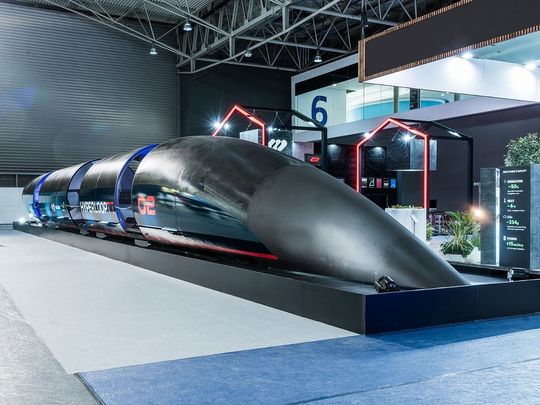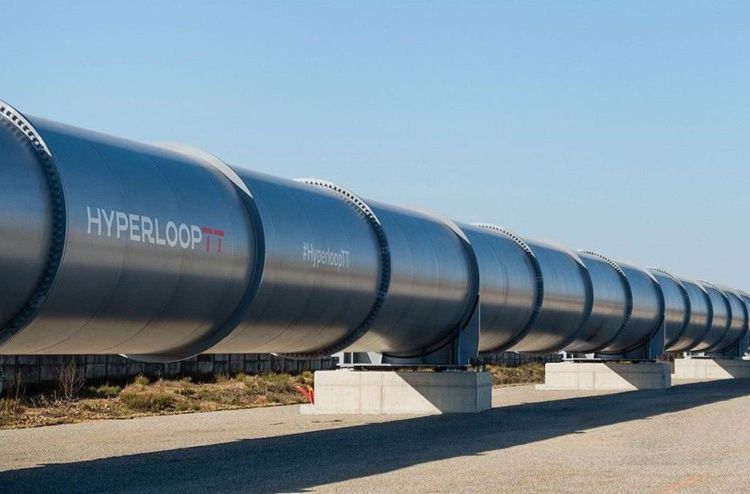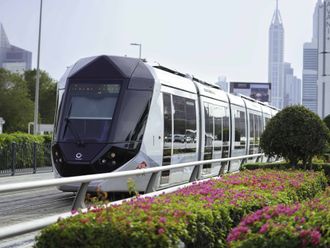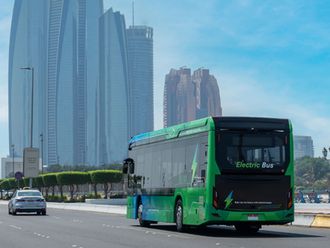
Dubai: The proposed next-generation high-speed Abu Dhabi-Al Ain Hyperloop has not been shelved, a top official from Hyperloop Transportation Technologies (Hyperloop TT) confirmed.
Prof. Sabih Gatea Khisaf, the infrastructure lead engineer for the Mena region at Hyperloop TT, UAE, noted that a feasibility study for the Abu Dhabi-Al Ain Hyperloop system has been submitted to local authorities.
“We are the only company to have conducted a feasibility study for Abu Dhabi-Al Ain between 2016 and 2018. It has been completed,” Prof. Khisaf told Gulf News.
In 2016, the Department of Municipalities and Transport and HyperloopTT inked an agreement to conduct a study to connect Abu Dhabi and Al Ain using the Hyperloop system.
Prof. Khisaf, who served as the design lead for the study, confirmed that the results were promising. “We have shown that it’s feasible, can be implemented, and is cheaper than high-speed trains. Travel between Abu Dhabi and Al Ain would take just from 10 to 20 minutes."
Following the feasibility study, Hyperloop TT — a leading transportation and technology company, proposed building a demonstration track. In 2018, an agreement was signed with Aldar for the world’s first commercial Hyperloop system, a 10-km stretch in a key location between Abu Dhabi and Dubai.
“We were given the Alghadeer project. We completed the concept design, but then COVID-19 hit, and we haven’t progressed since. Hopefully, it will happen,” Prof. Khisaf said on the sidelines of the International Geotechnical Innovation Conference.
Despite the delays, Prof. Khisaf remains optimistic about the Hyperloop’s potential in the UAE.
“It is the future of transportation. I hope to see it implemented in my lifetime and would love to see it here in the UAE,” he noted.
He revealed that there have been talks with authorities in Dubai and other emirates, though plans have yet to advance.
Meanwhile, Hyperloop TT has completed a feasibility study in Italy for a section connecting Venice-Mestre and Padua. “We are now progressing to the next stage of tendering and design,” he noted.













